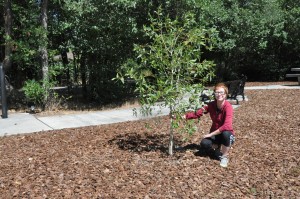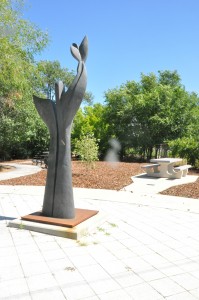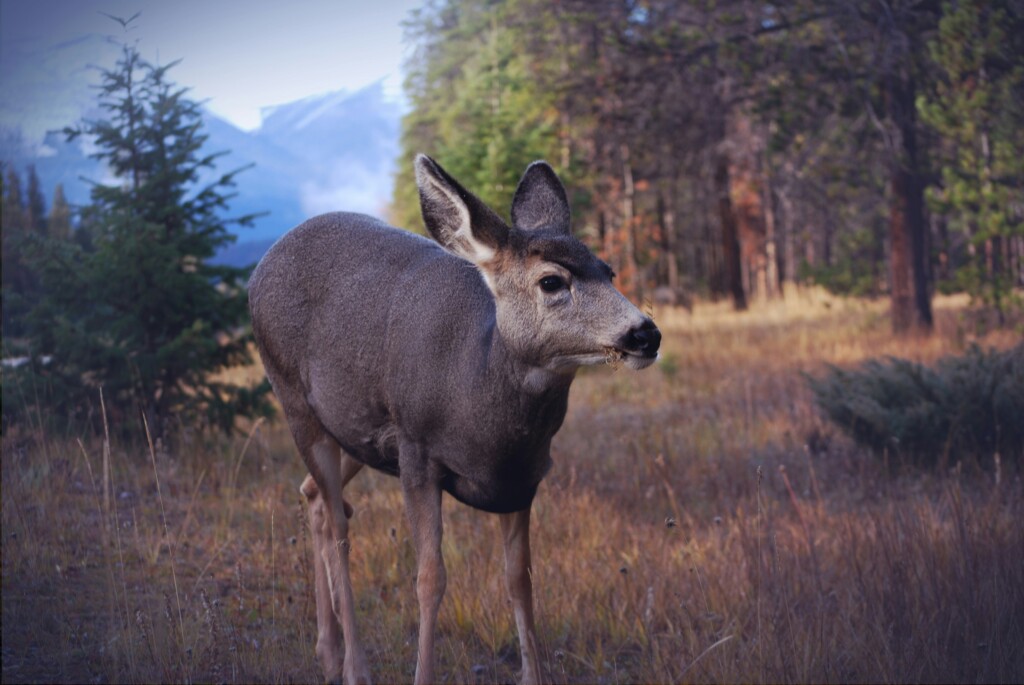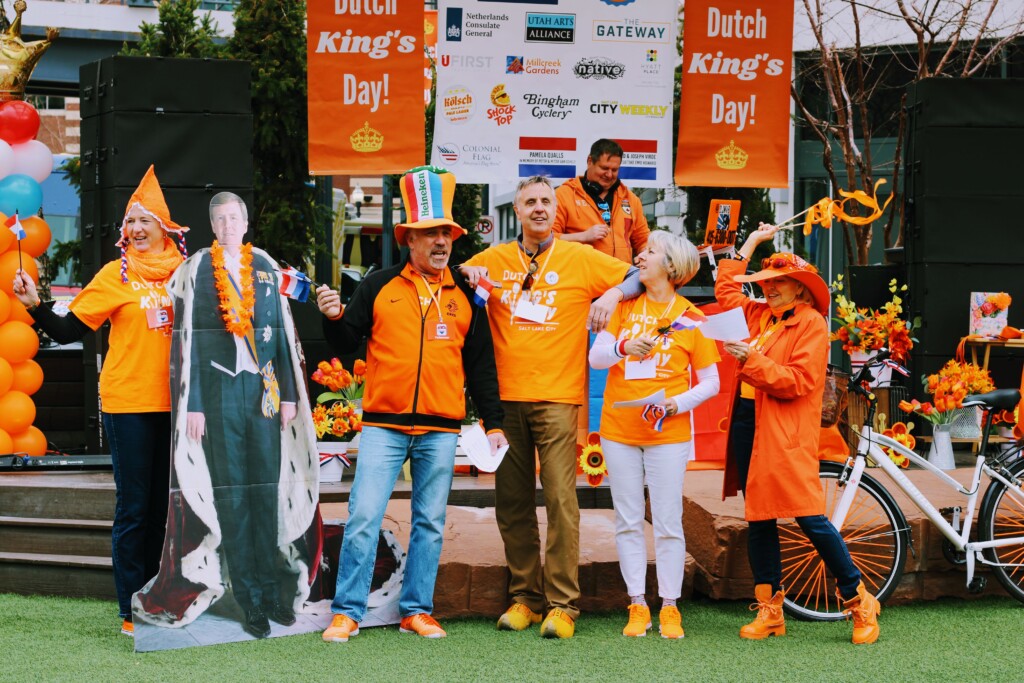
When most of us think of outdoor recreation in Salt Lake City, what automatically comes to mind are the rugged canyons of the Wasatch. We are indeed fortunate to have scenic wilderness within an hour’s drive of pretty much anywhere in the valley.
But despite our proximity to majestic peaks, it can be hard for the over-busy among us to carve out time to visit our wilderness areas for get a online payday loans for bad credit. The good news is that our city has set aside little oases of green throughout the valley, places where we can enjoy a quick, replenishing outdoor respite. The City of Salt Lake’s Open Space Lands Program is committed to making it possible for all of us to be able to sit, walk, run or bike under open skies in our own neighborhoods.
It’s even more meaningful to visit our city’s green spaces when we know we’ve played a part preserving them. In 2012, as part of Mayor Ralph Becker’s commitment to boost livability in our city, the Open Space Lands Program initiated a new program called Adopt-a-Spot. The program calls on volunteers to adopt an area of their neighborhood green spaces to tend for a year.
The city first tested the waters by collaborating with volunteers from Questar to tend a 7 1/2-block section of the 51-mile Jordan River Park Trail, not far from their offices. According to the city’s Volunteer Services Manager, Amanda Anderson, Questar’s volunteer base has swelled to 50 people who visit the trail during lunch hour and after work to look for graffiti, do trash sweeps and eradicate noxious plant species once or twice each month. At the moment, they’re particularly focused on keeping the bane of bikers, puncture vine (those nasty goat heads), off the trail.
Adopt-a-Spot volunteers also provide once-a-month community classes to educate their neighbors in proper use of their green spaces; for example, how to manage dogs and deal with litter. They also share the history of their adopted parks and talk about the ecology—native plants and wildlife—in the area.
Most Adopt-a-Spot volunteer groups are smaller than Questar’s, instead ranging from 10 to 20 volunteers. These groups, including Salt Lake Community College and Hartland Partnership Center, have committed to caring for a four- to five-block section of the Jordan River trail. Odyssey House has adopted Parley’s Historic Nature Park.
Anderson says that the most successful groups have strong core leadership already in place, such as church groups, organizations or businesses. Groups also find it easier to commit to a place in their own neighborhoods. Not only are the logistics easier, but they have a built-in affinity for the preservation of our back yards.
Anderson is passionate about volunteerism. She feels fortunate to live in Utah, the state with the highest rate of volunteerism in the country. While in college at Westminster, one of her professors instilled in her a love for community service. “As a volunteer I learned more from the people I was serving than they got from me,” she says. “I love that I get to facilitate that experience for others. It’s heartwarming to me that people want to give so much of their spare time to serve their communities.”
To find out more about Adopt-a-Spot and how you can help preserve our city’s green spaces, visit http://www.slcgov.com/open-space/adopt-spot-program.






